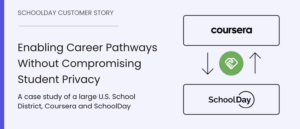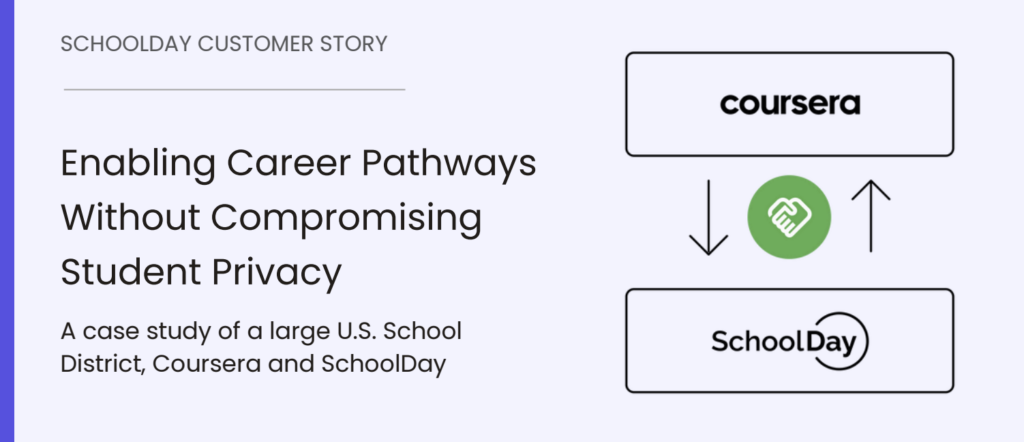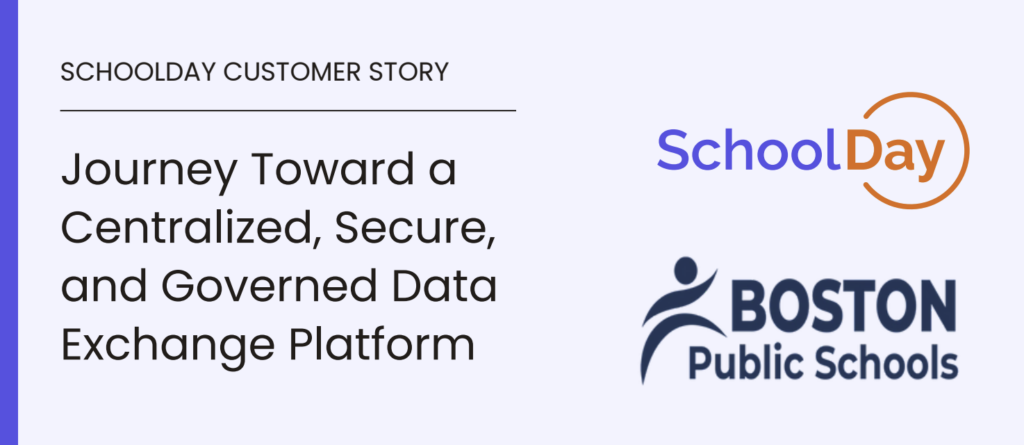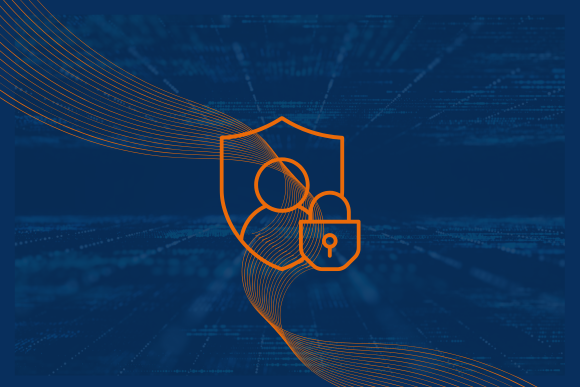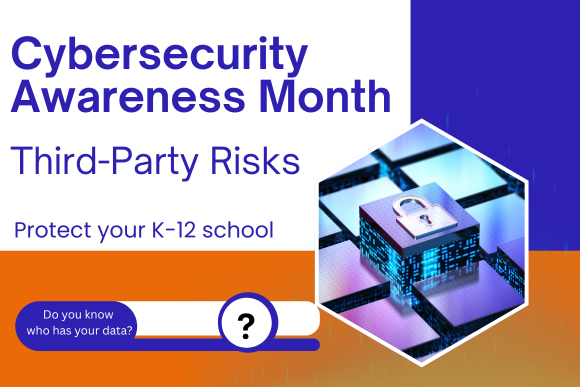When we think of keeping students safe, we often imagine locked doors, secure entrances, and attentive staff. But safety these days extends into the digital world. October is Cybersecurity Awareness Month, a perfect time for school leaders to reflect on how they’re protecting students’ most sensitive information.
Cyber hygiene isn’t only about IT policies or firewalls. It’s a cultural commitment, one where every staff member, every student, and even parents understand their role in safeguarding data.
Understanding the Threat Landscape
From phishing attacks targeting staff to ransomware incidents disrupting learning, the risks are diverse and persistent. For instance, the recent breach of PowerSchool, affecting millions of students and educators, underscores the vulnerabilities inherent in our digital systems. Such incidents highlight the need for a comprehensive approach to cybersecurity that involves everyone in the school ecosystem.
The Role of Educators and Staff
Teachers and school staff are on the front lines of digital interactions. Their awareness and actions can significantly impact the school’s cybersecurity posture. Simple practices like recognizing phishing attempts, using strong passwords, and reporting suspicious activities can make a substantial difference.
Engaging Students in Cyber Hygiene
Students, especially in the digital age, are both users and creators of online content. Educating them about safe online practices is crucial. Incorporating cybersecurity topics into the curriculum, organizing workshops, and creating interactive content can engage students effectively. Encouraging them to question the authenticity of online information and to understand the implications of their digital footprints fosters a generation of informed digital citizens.
Involving Parents and the Community
Cyber hygiene isn’t confined to school grounds. Parents play a pivotal role in reinforcing safe online behaviors at home. Schools can facilitate this by hosting informational sessions, providing resources on digital safety, and maintaining open communication channels. A community-wide approach ensures that cybersecurity becomes a shared responsibility, extending the protective net around students.
Why Cyber Hygiene Matters
K-12 schools are a popular target for cybercriminals. Districts of all sizes have experienced phishing, ransomware, and data breaches. The consequences go beyond financial cost. A single compromised system can shut down learning for days or weeks, strain community trust, and expose sensitive student information.
The challenge is compounded in K-12 because schools rely on a vast network of apps, platforms, and tools, many of which exchange student data. Without strong policies and practices, personally identifiable information (PII) becomes vulnerable to misuse.
That’s why building a culture of cyber hygiene, not just implementing isolated security measures, is essential.
Moving from Policies to Culture
Policies and technologies set the foundation, but culture ensures adoption. Effective cyber hygiene depends on consistent practices that align with three priorities:
- Transparency – Schools must clearly communicate what data is collected, why, and how it is protected.
- Accountability – Staff, students, and vendors alike need to be responsible for following privacy and security guidelines.
- Sustainability – Policies should be practical and supported with ongoing training and resources, so they remain effective over time.
When these principles are embedded into daily routines, cyber hygiene becomes second nature.
Practical Steps to Strengthen Cyber Hygiene
So, what does this look like in action? We cover actions every school should be taking here. These actions include ongoing staff training, phishing simulations, vetting every app and edtech tool your school uses, eliminating manual roster uploads and moving to secure integrations such as SSO, and inculcating students and families into the school’s cyber hygiene culture. K-12 schools must also commit to a zero-trust ecosystem that emphasizes compliance and adopt frameworks that are proactive. Schools should routinely audit their vendors, assess data sharing practices, and evaluate whether their policies reflect current threats.
Build Trust Through Transparency
At the heart of cyber hygiene is trust. Parents trust schools to protect their children’s learning environment. Staff trust leadership to provide secure tools and clear guidance. Students trust that their digital identities are respected and safe.
Protecting data is not only a technical issue but a human one. By being transparent about data practices, holding everyone accountable, and sustaining strong policies, schools can build a culture where cyber hygiene is simply part of the way we do things.
Creating a culture of cyber hygiene is less about installing the latest firewall and more about creating lasting habits, awareness, and accountability across the entire school community. As cyber threats grow, so too must our collective vigilance.
SchoolDay: A Smarter Way to Secure Student Data
When one IT admin might be managing over a thousand apps, the answer isn’t doing more—it’s working smarter. SchoolDay’s ecosystem orchestration platform empowers IT teams to securely manage data exchange without increasing workload.
- Manage app integrations centrally
- Automate privacy compliance
- Monitor data activity in real time
School IT leaders don’t need to do more; they need smarter ways to manage their digital ecosystem—and keep student data safe.

